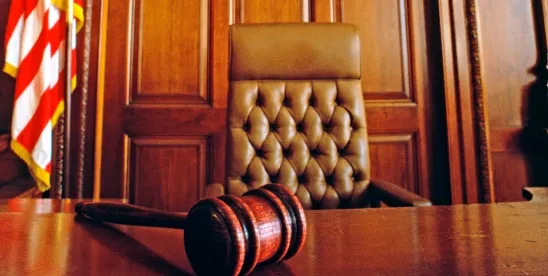Scholars estimate that SCOTUS grants certiorari in less than .04% of its received petitions for certiorari1 so why did the Court recently grant certiorari to a case from the United States Court of Appeals for the Ninth Circuit (the “Ninth Circuit”) which dismissed a copyright infringement claim as time barred when the facts showed that the plaintiff knew of the claim more than 10 years before filing it? The Ninth Circuit’s analysis appears straight forward but the interest may be generated from the Ninth Circuit’s concurring opinion which requested a change in the law. As outlined below, there is a split in authority on whether a statute of limitations defense (a bright-line 3 year limit from when the claim accrues) or the doctrine of laches (an equitable defense where the Court considers delay, reasonableness, and prejudice) applies. Without a clear answer on which analysis is applied, Plaintiffs face dangerous consequences in determining when they must file a copyright infringement claim.
In Petrella v. Metro-Goldwyn-Mayer Inc., et al., 695 F.3d 946 (9th Cir. 2012), the Ninth Circuit examined a dispute over certain copyright claims of a book and two screenplays which were allegedly later adapted for the movie, Raging Bull. Briefly, copyrights for the book and two screenplays were registered in several names, among them the famous boxer Jake LaMotta and Plaintiff’s father. Certain rights associated with the registrations were assigned to Defendants (production companies) and after the passing of Plaintiff’s father, she believed she was the sole owner of his interest in the book and screenplays. In 1990 she engaged an attorney to assist her in her alleged renewal rights and in 1991 she filed a renewal application for the 1963 screenplay. In 1998, her attorney contacted the production companies and asserted that the production companies were infringing on her exclusive rights in the 1963 screenplay. Plaintiff did not file suit for such until 2009.
The Ninth Circuit, not surprisingly, ruled that the claim was time barred. Of importance, the Court ruled that the doctrine of laches applied because the production companies showed that the plaintiff delayed in initiating the suit, the delay was unreasonable, and the delay resulted in prejudice. So why did SCOTUS take this case? It may well be because of the concurring opinion which noted that there is a severe circuit split on the availability of a laches defense in copyright cases. For example, in the Fourth Circuit, there is no doctrine of laches at all and as long as the suit is brought within the statute of limitations (3 years), it may go forward. See, e.g., Lyons P’Ship. L.P. v. Morris Costumes, Inc., 243 F.3d 789, 797-98 (4th Cir. 2001). Other circuits hold that while there is a presumption that a suit is timely filed if filed within the statute of limitations, in the most extraordinary circumstances, the doctrine of laches may be a defense. See, e.g., Peter Leterrese & Assocs., Inc. v. World Inst. Of Scientology Enters., Int’l, 533 F.3d 1287 (11th Cir. 2008). The Ninth Circuit, however, holds that laches can bar all relief and is a separate analysis from statute of limitations.
The concurring opinion noted that this discrepancy was created because the Copyright Act of 1909 did not originally contain a statute of limitations so the doctrine of laches was used for analysis. However, in 1957, Congress amended the 1909 Act to provide for a 3 year statute of limitations and a Senate Report noted that the adoption of federal limitations period would extinguish equitable defenses such as laches. Warned the concurring judge, “[the Ninth Circuit] has taken a wrong turn in its formation and application of laches in copyright cases. We should revisit our case law to provide appropriate protection to innocent copyright owners who have brought infringement suits within the statute of limitations.” And SCOTUS may do just that. We will have to wait to find out .
1 Peacock, William. “Court Returns in 5 Days; 2,000 Petitions Sorted by Cert. Pool.” The FindLaw US Supreme Court News and Information Blog (September 25, 2013, 2:45 PM), http://blogs.findlaw.com/supreme_court/2013/09/court-returns-in-5-days-2000-petitions-sorted-by-cert-pool.html.




 />i
/>i

